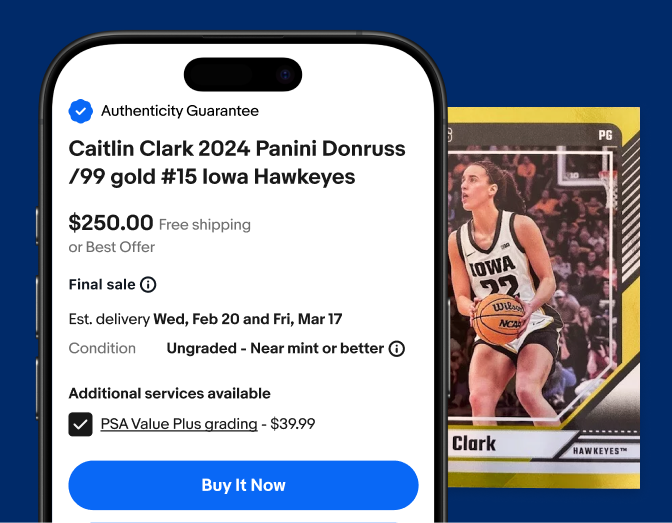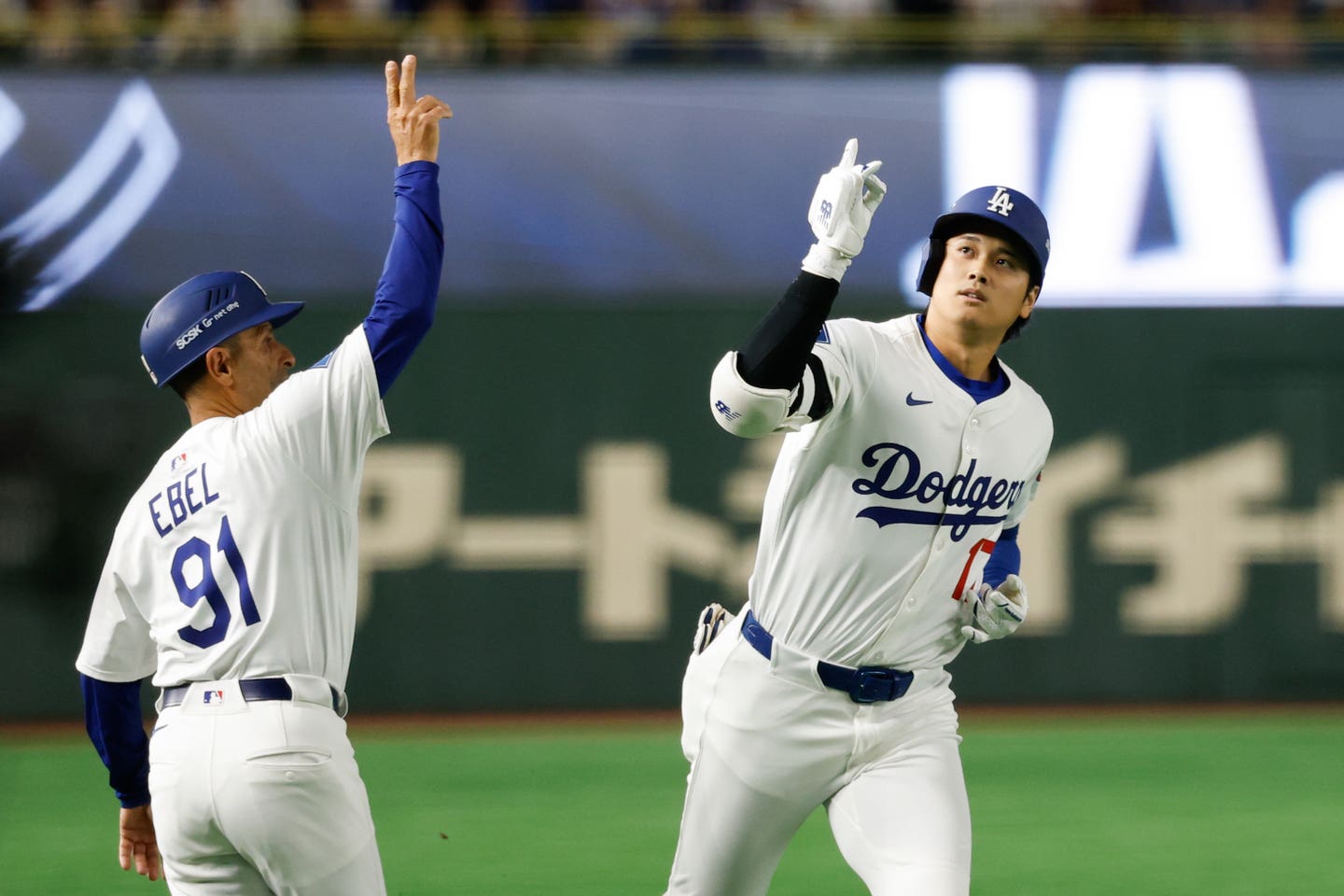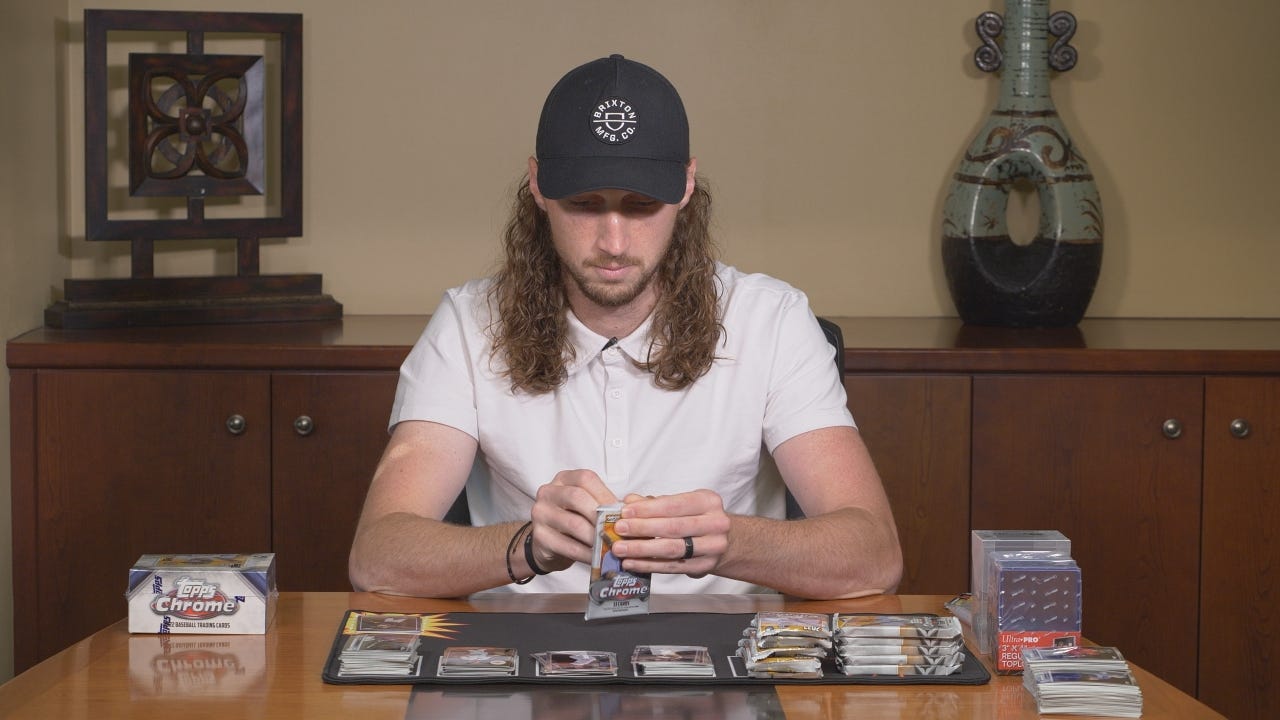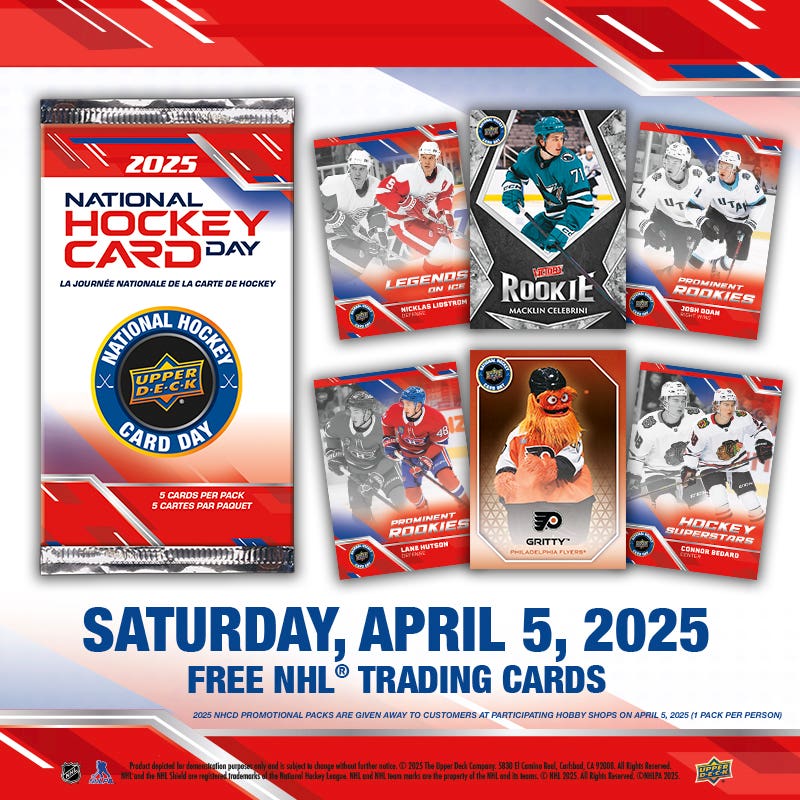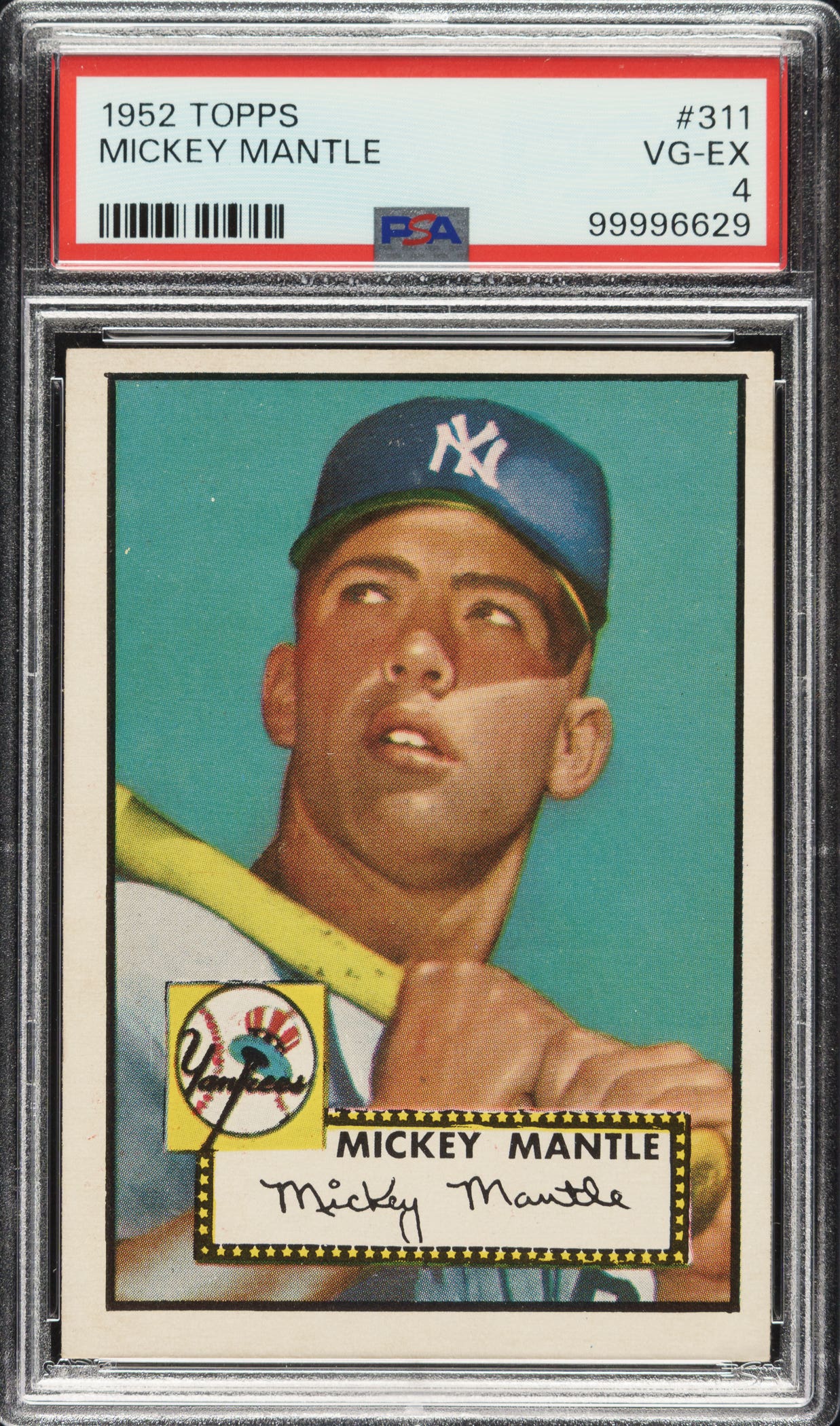
News
The 1981 Topps Traded Baseball set reshaped the baseball card landscape
By John McMurray
When Fleer and Donruss entered the baseball card market in 1981, the Topps Company sought new ways for its product to remain dominant within the industry.
Faced with new competition as well as pressure to innovate, Topps issued a 132-card set at the end of the 1981 season, including cards of traded players, free-agent signees in their new uniforms, and rookies. The impact that the 1981 Topps Traded set has had on the collecting landscape has been substantial.
By issuing a set numbered 727 through 858, Topps expanded its baseball card issue to its largest size to date. Even though Topps had settled on a 726-card set beginning in 1978, the release of a traded set was another significant step towards large baseball card sets becoming the standard.
Rookie craze
The introduction of the 1981 Topps Traded set also helped launch the rookie card craze. While that season’s two top rookies — Fernando Valenzuela and Tim Raines — appeared on three-player ‘Future Stars’ cards in the regular-issue 1981 Topps set, each had his own card in the Traded issue, the first time that Topps had ever produced highly sought-after cards of top rookies in a late-season subset.
Since Donruss did not produce a Valenzuela card that year and Fleer did not have a Raines card, the Traded set allowed Topps to satisfy collector demand. Also, with the Los Angeles Dodgers winning the World Series that fall with Valenzuela as the team’s star pitcher, the timing of the release of the 1981 Topps Traded set was particularly opportune.
Moreover, the Traded set, in some sense, paved the way for the proliferation of limited edition cards, which helps to define the hobby today. Since the 1981 Topps Traded set was issued only in set form through hobby dealers and was not sold in stores or by the pack (in contrast to the high-number series Topps had issued in prior decades), individual collectors generally had to order the Traded set by mail. Single cards were also hard to come by, thus increasing demand for the Raines and Valenzuela cards whenever they became available.
Today, it is hard to conceive of a Topps baseball card set that involves a single series or which was not updated during the course of the season. While collectors previously had to wait until the next year’s cards were released to see traded players in their new uniforms, the 1981 Topps Traded set changed collectors’ expectations. Henceforth, collectors would anticipate seeing cards of players with their new teams as well as prominent rookies during the same season when they debuted.
Past attempt
In the past, Topps had occasionally issued a subset of ‘Traded’ cards of players, with a particularly well-remembered example being in 1974. In that year, Topps produced 45 cards with a banner across the front and a newspaper-style explanation of the trade on the reverse. All were portraits, and the cards frequently involved a significant amount of airbrushing in order to portray each player in his new team’s cap. Largely due to the oversized trade announcements on the fronts, traded cards issued in the 1970s have never been popular with collectors.
New teams
In 1981, Topps broadened the concept, increased the number of cards, and improved production quality. Several of the 1981 Topps Traded cards include action poses, like Ken Landreaux and Ed Ott. Others have sharper photos than were typical in many sets of the period. The Rollie Fingers card being one example. Fred Lynn’s card has also remained popular.
Not including any details of trades is where the 1981 Topps Traded set fell short. Surprisingly, the cards of traded players only include a line in the small print on the reverse of each player’s card, noting merely that he was traded and not including any specifics of the deal. As a representative example, on Frank Tanana’s card, which includes his lengthy career statistics, the five-player trade between the Angels and Red Sox in which he was involved is cited by saying only: “Acquired: Trade, 1-23-81.”
On other cards, even when Topps had space on the reverse to mention the specifics of a particular trade or free agent signing, it did not. Dennis Lamp’s card notes only that “Dennis hurled one-hitter vs. Padres, 6-9-78” above two cartoons, without any mention that he had been traded shortly before the season began for Ken Kravec (who is also included in the set and whose card does not mention the specifics of the trade either).
The 1981 Topps Traded set includes a superabundance of portraits, and some photos fall short of fulfilling the set’s purpose. On the cards of Bert Blyleven, Bob Forsch, Mark Clear, and Bob Walk, collectors cannot see the logo on either player’s cap or read the letters on his jersey, minimizing the impact of producing a card of these players in their respective new uniform. Significant airbrushing combined with poor photo quality is evident on the cards of Bobby Bonds, Bob Owchinko, and Rick Reuschel, among others.
Notably, Topps took the opportunity to include a card in the Traded set of Toronto third baseman Danny Ainge. Ainge, who played baseball at the time before transitioning to a career in the NBA, did not appear on the card of Toronto’s Future Stars that year, but Topps surely included his card to counter Fleer’s release of an Ainge card with its own 1981 set.
Topps could have gone further in its 1981 Traded set by including full-sized cards of other players who appeared only on a three-player Future Stars card in its regular set that year, including Mike Boddicker, Ernie Camacho, Danny Heep, Tony Pena, Mike Scioscia, Gary Ward, and Ned Yost. In fact, Hubie Brooks and Gene Nelson are the only players other than Raines who appeared both on a three-player card in the 1981 Topps base set and on his own card in the 1981 Topps Traded set.
Yet it really was the novelty of seeing players in their new uniforms that captured collectors’ attention. The 1981 Topps Traded set included the first cards of Carlton Fisk with the White Sox, Cliff Johnson with the A’s, Carney Lansford with the Red Sox, Fred Lynn with the Angels, Ted Simmons with the Brewers, and Dave Winfield with the Yankees. And, in so doing, Topps beat Fleer and Donruss to the punch.
Today, the 1981 Topps Traded set can easily be purchased in the small red cardboard box in which it came for less than $20. For a set that offers cards of nine Hall of Famers (Blyleven, Fingers, Fisk, Joe Morgan, Gaylord Perry, Raines, Bruce Sutter, Don Sutton, and Winfield) as well as card of a player who may ultimately get there (Simmons), the set is priced very reasonably.
Baseball traded sets would improve in future years, with glossier card stock, sharper photographs, and the inclusion of more rookie cards, and it was the 1981 Topps Traded set that laid the groundwork for what was to come.
John McMurray is a freelance contributor to Sports Collectors Digest. He can be reached at jmcmurray04@yahoo.com.




